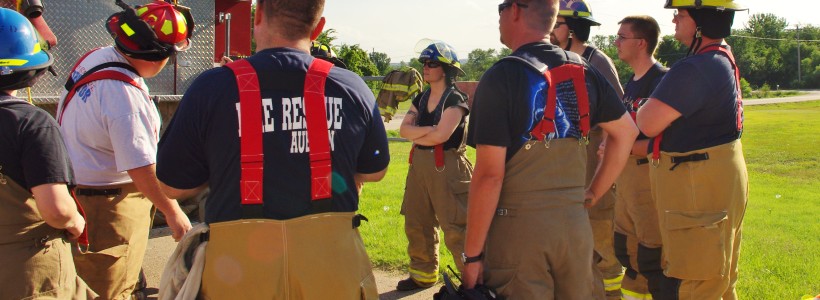3 Leadership Tips For Volunteer Fire Departments – Part 2
Consistency is a very important of solid functional leadership. However, without good solid communication nobody will know if we are being consistent or not, and even if we are the membership may be getting the wrong message.
#2 – Communicate
Communicate, and communicate often. There is a difference between issuing orders and communicating decisions, just as there is a difference between passing on information and communicating information.
Passing information on is done in a more formal black-and-white type of way. Communicating information means that we take the time to provide the information in a more open setting and often give more specific information about why something was done or the need for something to be done.
At times we are communicating to get buy in on a policy or idea. Sometimes issuing orders must occur, especially on the scene of a call. Sometimes information needs to be passed on, like training was moved from Monday to Wednesday. Other times we need to communicate decisions and how they were reached.
Clearly and consistently communicating expectations on all things department related is critically important.
Communicating routine decisions and routine information, such as allocation of funds, changes in what apparatus responds when, major purchases and decisions on operations is vitally important. Take the time to explain how the decision was made, what it means to them, and how it improves the service that the department provides. Allow members the opportunity to ask questions and bring up suggestions.
Failing to do so conveys to the membership that their opinions, thoughts, and ideas have no value or no place in the operations of the department. This is a death sentence to the leadership’s ability to effectively manage the department, especially on a small volunteer department. Again, they are volunteers who are volunteering their time. Truly communicating with the membership will show that they are valued as members of the team that is the department.
In order for good communication to work you have to consistently apply it not just when it is easy or popular. That means clearly communicating the bad stuff, too. Good officers are known for being consistent in all aspects of what they do; great officers are known for communicating, and doing it consistently. This keeps the lines of communication open!
In the next and final part of the of the series we are going to see why being supportive and appreciative of the sacrifices the memberships and family make in service to their community will go a long way to keeping department cohesiveness.
Photo courtesy of Erik Wood.
Read the complete series here!
3 Leadership Tips For Volunteer Fire Departments
Part 1: Consistency & Follow Through
Part 2: Communicate
Part 3: Be Supportive & Appreciative (posting 8/22)





